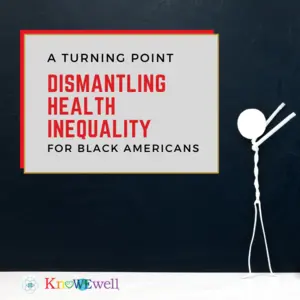

Planet and People Connection

Planet and People Connection
Reducing Food Waste to Save the Environment
The US is responsible for more food waste than any other country on the planet, at a cost of more than $161 billion each year. Food waste isn’t only an economic problem, but also a significant contributor to climate change.
The Food & Drug Administration estimates up to 40% of the US food supply is discarded each year. Not only does this waste the water and energy it took to produce the food, but it generates 7% of the world’s greenhouse gas emissions, according to data from the United Nations. The World Wildlife Federation estimates the greenhouse gases generated by the production of wasted food in the US is equal to the greenhouse emissions of 37 million cars. Food is the single greatest use of space in US landfills, where it produces the nitrogen pollution that causes algae blooms and dead zones.
The food culture in America, where food is plentiful and inexpensive, contributes to the problem of waste. People often make impulsive food purchases, buying more food than they need, and aren’t as likely to use leftovers and scraps as other cultures do. About 80% of Americans discard edible food because of fears of foodborne illnesses and misunderstood expiration labels.
Several state and local governments are taking steps to reduce food waste. Some states, like Vermont and California, have passed laws that restrict the amount of food waste going to landfills. Other states and cities, such as Tennessee and Los Angeles, have created a food-waste task force to improve education and infrastructure to reduce waste. Maine and Rhode Island have introduced legislation to reduce the amount of food wasted in schools. And the federal government set a goal in 2015 to cut food waste in half by 2030.
Individuals who want to reduce food waste can make a difference by following a few basic steps:
- Understand expiration labels on food—“Best if used by” labels indicate food may lose some taste by the date stated but is safe to consume, whereas “Use by” labels apply to highly perishable foods that may cause food safety concerns over time.
- Learn how to compost food scraps to reduce the amount of food going to landfills.
- Freeze food that is at risk of spoiling, to consume at a later date.
- Donate extra food to food pantries or to people who may need it.
- Plan meals ahead so grocery lists include only food that will be consumed.
- Don’t shy away from blemished fruits and vegetables—they taste the same and are often less expensive.
- When eating out, take home leftovers in your own containers for another meal the next day, and try to avoid all-you-can-eat restaurants.
REFERENCES
RTS. (2021). Food waste in America 2021. https://www.rts.com/resources/guides/food-waste-america/


 By
By







